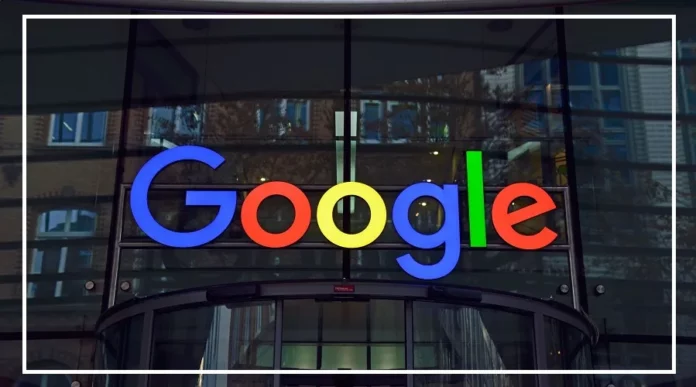Google is expanding access to Opal, its experimental AI-powered app builder, to 15 new countries, including India, Japan, Brazil, South Korea, and Canada.
First launched in the US in July, Opal lets anyone create mini web apps simply by typing what they want to build.
Google says it was amazed by how early users used the tool — not just for fun experiments, but also for building real, useful apps.
This success inspired the global rollout.
What Makes Opal Special
Opal makes app creation as simple as chatting with AI.
You describe your idea, and the tool instantly generates an app with inputs, outputs, and workflows. You can tweak the design using its visual editor — no coding required.
Once ready, apps can be published and shared via a simple link, making Opal a handy tool for beginners, creators, and developers looking to build quick prototypes.
It’s part of a growing trend of no-code AI tools, joining platforms like Canva, Figma, and Replit that are helping anyone become a creator without needing technical skills.
New Features and Faster Performance
With its global rollout, Google has added several upgrades to Opal.
The debugging system now lets users test workflows step-by-step and fix errors directly in the visual editor — all while keeping the process completely no-code.
Performance has also been improved. App generation is now faster and smoother, and users can run multiple workflow steps in parallel, which is especially useful for more complex projects.
The Bigger Picture
For Google, Opal is part of a broader mission to make AI creation accessible to everyone through its Labs experiments.
If it takes off, Opal could become a creative playground for both coders and non-coders, offering a glimpse into the future of app building — where your ideas become apps with just a few words.
Countries now included in the expansion: India, Canada, Japan, South Korea, Vietnam, Indonesia, Brazil, Singapore, Colombia, El Salvador, Costa Rica, Panamá, Honduras, Argentina, and Pakistan.
